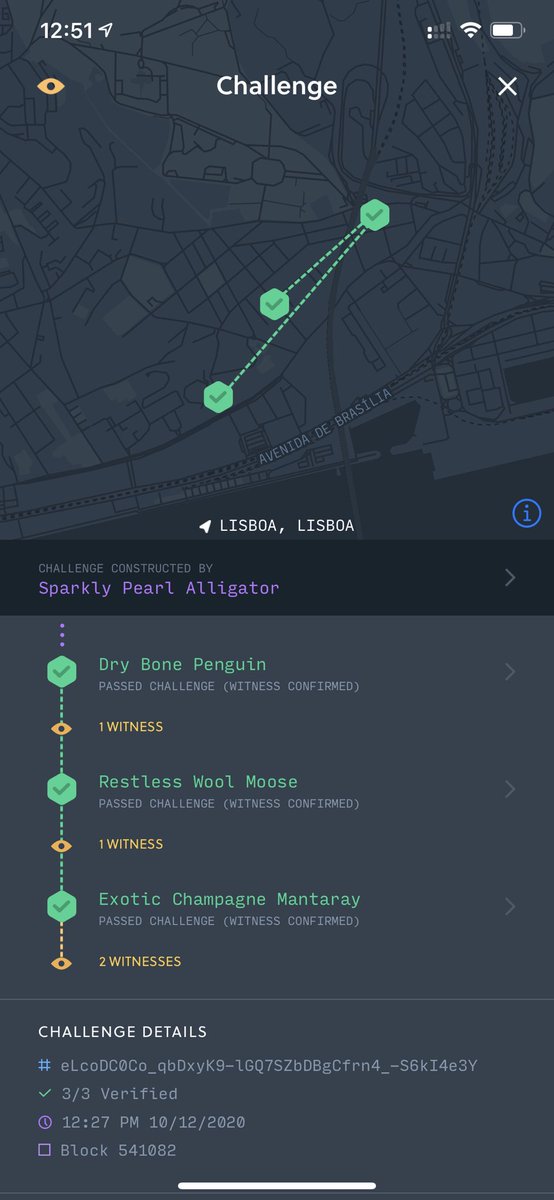
Following our thread on the work of a Challenger in Proof-of-Coverage (PoC), it’s only fair we take a look at the Challengees who are key to successfully transferring packets, completing PoC challenges and earning $HNT!
The role of the Challengee is to prove to the Challenger that they are actually creating network coverage that #LongFi devices can use. For successfully responding to these challenges, the Challengee is rewarded in newly minted $HNT.
Challengees receive encrypted multi-layer packets wirelessly, via RF. Each layer of the packet is encrypted for specific Challengees in a sequential path. When a Challengee receives a packet and can decrypt it, they send their proof back to the Challenger via the #p2p network.
The Challengee then re-broadcasts the packet for the next Challengee in the path. This repeats until the path finishes, or too much time has passed. The last Challengee in the path doesn't know they are last, so they broadcast the packet too.
Any Hotspots in the area can witness these packets and send a receipt to the Challenger. Witnesses get rewarded in $HNT for doing this, which also acts as proof for the Challengees in case they can't deliver their receipt to the Challenger.
This is the first proof we've seen that combines public key #cryptography and RF to try and make claims about behavior in the physical world, and is a key component behind the incentive that is making #ThePeoplesNetwork the fastest growing #LPWAN in the world.
• • •
Missing some Tweet in this thread? You can try to
force a refresh






